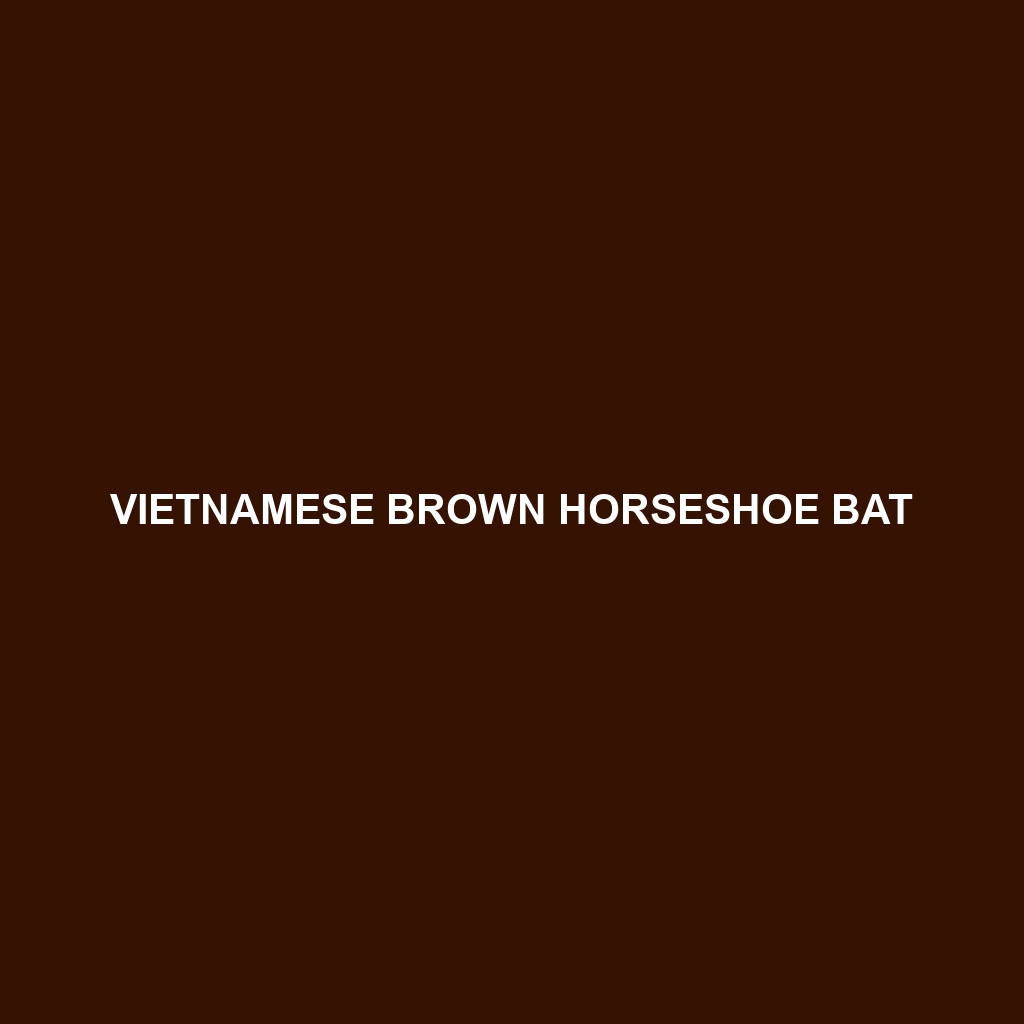Common Name: Mehely’s Horseshoe Bat
Scientific Name: Rhinolophus mehelyi
Habitat:
Mehely’s Horseshoe Bat is primarily found in a variety of temperate forest habitats across Southern Europe and parts of the Balkans. This species prefers areas with a mix of deciduous and coniferous trees, as well as clean water sources nearby. They are commonly seen in wooded regions, caves, and sometimes in old buildings, where they roost in colonies and find protection from adverse weather conditions.
Physical Characteristics:
The Mehely’s Horseshoe Bat is notable for its medium size, typically measuring between 4 and 6 centimeters in body length. It weighs around 8 to 12 grams. Its fur is a rich mixture of brown and gray, providing effective camouflage in its natural habitat. The species features a distinctive horseshoe-shaped noseleaf which is crucial for echolocation, enabling it to navigate and hunt effectively in the dark.
Behavior:
This bat is predominantly nocturnal, emerging at dusk to hunt. Mehely’s Horseshoe Bat exhibits social behavior, often roosting in colonies that can number in the hundreds. They are known for their agile flight and are capable of making quick turns to catch insects mid-air. During the colder months, these bats enter a state of hibernation to conserve energy.
Diet:
Mehely’s Horseshoe Bat primarily feeds on a diet of insects, including moths, beetles, and other flying insects. Foraging typically occurs in open spaces near vegetation where insects congregate. Their echolocation skills assist in locating prey effectively at night, making them proficient hunters within their ecological niche.
Reproduction:
The reproductive habits of Mehely’s Horseshoe Bat are typical of the Rhinolophus genus, with a breeding season occurring from late spring to early summer. Female bats give birth to one or two offspring after a gestation period of approximately 50-60 days. The young are weaned at around 4-5 weeks of age and join the colony’s foraging activities shortly after.
Conservation Status:
Currently, Mehely’s Horseshoe Bat is listed as vulnerable on the IUCN Red List due to habitat loss, disturbance to roosting sites, and climate change. Conservation efforts are necessary to protect their natural habitats and ensure the population remains stable.
Interesting Facts:
Mehely’s Horseshoe Bat is often referred to as an “indicator species,” meaning their presence reflects the health of their ecosystem. Their unique nose structure not only aids in echolocation but also influences their mating rituals, where males can often be seen performing elaborate displays during breeding season.
Role in Ecosystem:
Mehely’s Horseshoe Bat plays a crucial role in its ecosystem by controlling insect populations, thereby aiding agricultural health and biodiversity. As pollinators and seed dispersers, their feeding behaviors contribute to the proliferation of various plant species, showcasing their importance in maintaining ecological balance.
